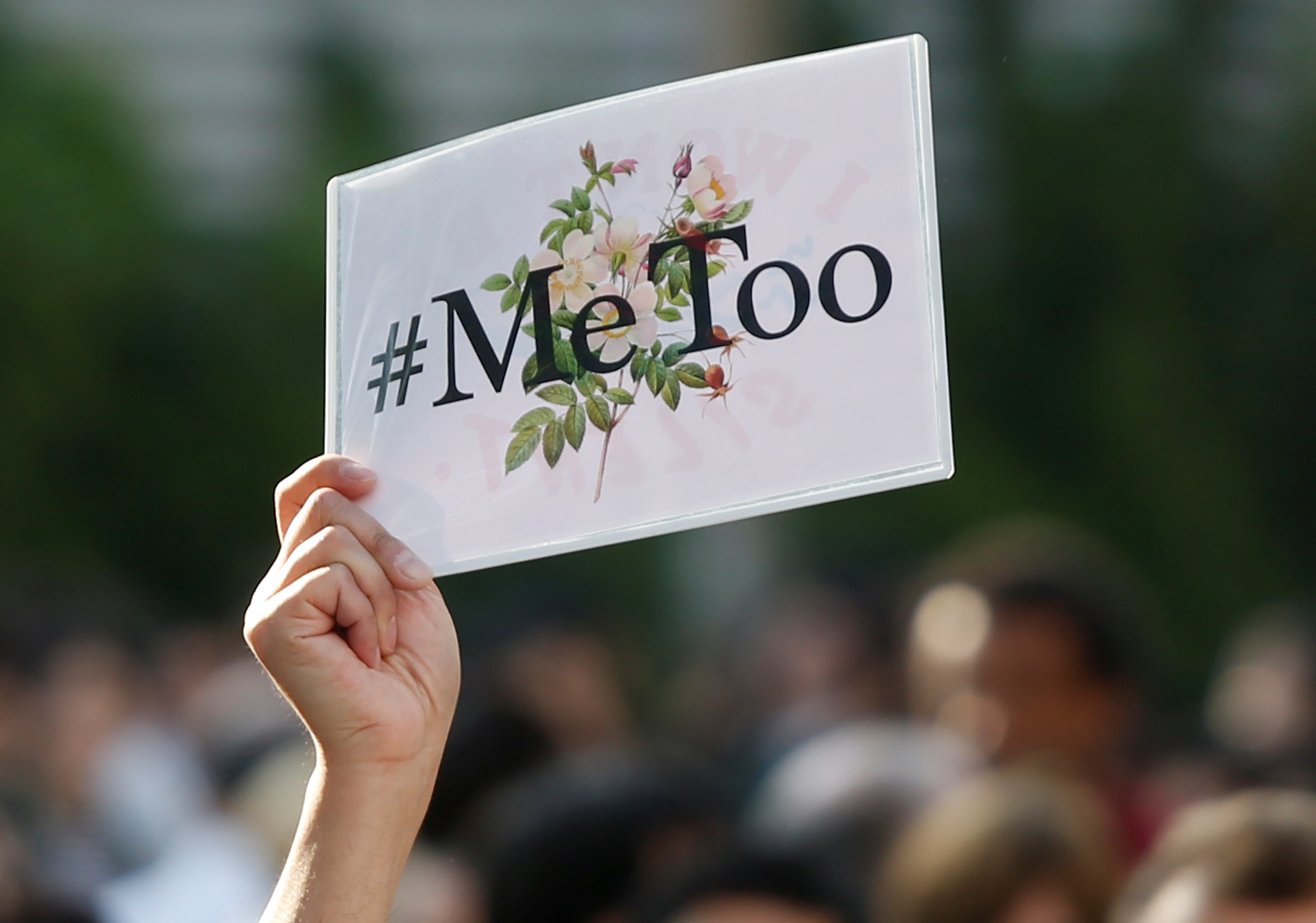Norwegian journalism after #MeToo

In a new Journalist Fellow paper, Thea Storøy Elnan looks at how cases of rape are reported in the Norwegian media and the impact of the #MeToo movement on journalism. In particular, she looks at the prevalence of rape myths - language that has been used to sow doubt and falsehoods around rape - used in Norwegian media both before and after #MeToo, which gave courage to women around the world to share their experiences of being a sexual abuse survivor. Elnan, a Journalist Fellow from January to June 2019 and a reporter for Norway’s Aftenposten, who has covered sexual crimes and the #MeToo movement, also considers whether the nature of the criminal case, the journalist's gender, and context placed around the issue, affect the likelihood that such language is used.
Elnan found that stories which include context around rape in the form of scientific reports, statistics, expert sources or historic analyses show far fewer examples of rape myths. Elnan states: "#MeToo may have led journalists to include more contextual factors like statistics and research. This may be done to show that rape is a structural problem. More importantly, this study shows that when including context, journalists tend to use fewer rape myths in their stories about rape."
The paper found only a small (and not statistically significant) decrease in the prevalance of rape myths following #MeToo, concluding that perhaps not enough time has passed since for journalism to have changed its habits around this particular use of language. There was a small difference in how male or female journalists wrote stories about rape, the paper found, with the latter using fewer rape myths and using more sources supportive of the survivor.
Overall, Elnan believes her research shows there has been some gradual improvement in reporting rape. She found the stories published after #MeToo have been longer, more nuanced and offered more context around rape, rather than simply reporting "special and severe" cases of rape from court rooms. Acknowledging that "reporting patterns can be very entrenched" and that we can't necessarily expected to see overnight change, she believes things are moving slowly in the right direction.
As part of her paper and her experience covering cases of sexual abuse, Elnan has proposed a set of guidelines for journalists covering rape and interviewing abuse survivors:
- Avoid stereotypical labeling of the parties in a case, especially those which put the blame partially or completely on the survivor.
- Avoid linking the case to a name or geographical location. Like “the Kavanaugh story” or “the Rotherham story”. This might lead people to turn away from the survivor because the inhabitants do not wish that their home town should be linked to a criminal act.
- Always give the survivor or perpetrator the possibility of being anonymous. Even if the source is happy to have their full name in print, think this through. Sources don’t always understand what the consequences may be. Journalists do. But anonymity does not negate the need for verification and cross checking of information.
- Give context to the bigger picture to avoid giving a misleading picture of it being an exceptional event. Use statistics, neutral experts, scientific reports and examples of similar cases to show that the rape story is not exceptional. If the story is exceptional, make a point out of this.
- Be transparent. This will give survivors a sense of control over their own stories. For instance, talk with them about the headline, the story's angle, publishing date, show them the guidelines you are operating with, and give them updates on how the work with the story is going. Tell them in advance of the interview whether you plan to contact the accused perpetrator. Tell them when you’re cross-checking facts with other sources. They’ve lost control once and are afraid of losing it again. Transparency builds trust.
- Give survivors time. Both when planning the interview and when sending quotation checks. The topic might be hard to “live through” again.
- Be careful when asking for details about smell, sounds, and other sensations related to the attack. They might trigger flashbacks. Do not suggest going back to the place where the rape happened.
- Be a good listener. Do not rush the source, it is hard to talk about and live through traumatic experiences.
- Have a good understanding of your role as a journalist. A journalist should not behave like a good friend. The relationship is exclusively professional.
- Always ask for documentation for the story, but ask with a thorough explanation of why the documentation is needed, so that the survivor won’t feel that you don’t believe his or her story.
- Advice the source to contact professional help and to be with friends or family after the interview.
- Offer survivors a follow-up after the interview especially if their story is not published. The survivor might experience this as a defeat. Have information on where to get support ready, in case the source needs it.



